The flag of Lebanon is a compelling amalgamation of colors and symbols that distill the essence of this Middle Eastern nation.
Serving as a visual narrative, the flag weaves together Lebanon’s stunning natural landscapes, diverse cultural roots, and ambitions for the future into a single emblem.
Lebanon Flag
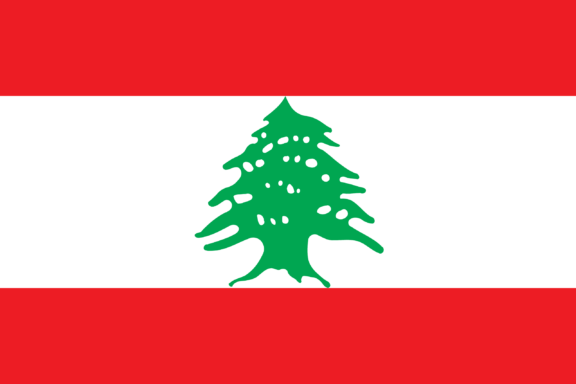
The Lebanese flag has three horizontal stripes and a green cedar tree. The tree, a deeply revered national emblem, stands in the middle of a white stripe, flanked by two red stripes above and below.
The layout offers a harmonious balance of color and symbolism, with the cedar tree as its defining feature. This arrangement provides a brief but rich representation of Lebanon’s layered identity and natural landscape.
Lebanon Flag: Color Palette
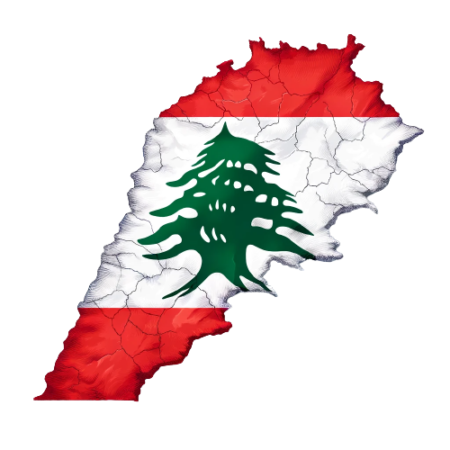
Lebanon Flag Emoji: 🇱🇧
The Lebanese flag boasts a distinct and straightforward color palette of red, white, and green. These colors not only enhance its visual appeal but are also charged with layers of meaning, which we will explore in the following section.
Meaning of Each Color
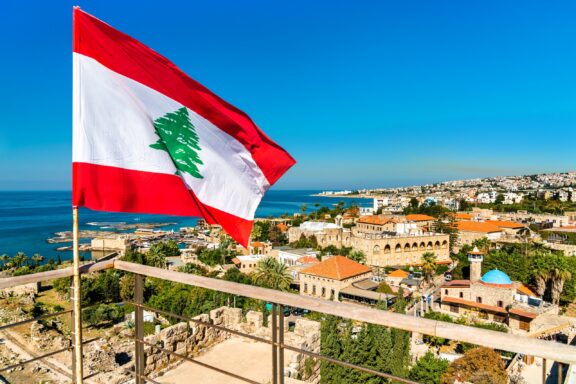
Red
The red in the Lebanese flag is often interpreted as a symbol of the sacrifices and courage displayed throughout the nation’s turbulent history.
It serves as a vivid reminder of Lebanon’s struggles, including foreign invasions and internal conflicts, all of which have shaped its current national identity.
White
White is traditionally associated with peace, purity, and innocence. In the context of Lebanon, the white stripe seeks to unify the various religious and ethnic groups within the country, fostering a sense of national cohesion.
This emphasis on unity is particularly significant given Lebanon’s population and complex sociopolitical landscape.
Green
The green cedar tree, a prominent feature of Lebanon’s natural landscape, is central to the flag’s design. The cedar is a revered symbol in ancient texts and religious traditions, symbolizing strength, holiness, and eternity.
Within the context of the flag, the green of the cedar stands for the prosperity and resilience of the nation, as well as its deep connection to its land and environment.
Lebanon Coat of Arms
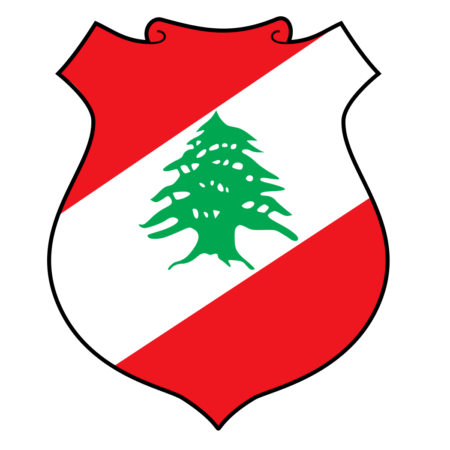
Though unofficially adopted, Lebanon’s coat of arms encapsulates the nation’s distinctive heritage and reverence for nature. It comprises a red shield with a white diagonal band (bend sinister) adorned with a cedar tree, resonating with the design of the national flag yet with a unique diagonal arrangement.
Unlike the broader themes of unity and sacrifice expressed in the flag, the coat of arms, through its depiction of the cedar tree, delves into the specific elements constituting the Lebanese identity.
Historical Evolution and the Meaning Behind Changes
The current design of Lebanon’s flag was adopted on December 7, 1943, in conjunction with the country’s independence from France. Before this flag, Lebanon was under the French Mandate, and the French Tricolore was commonly used alongside various flags that represented Lebanon as part of Greater Syria.
One of the earlier versions used under the French Mandate was a French flag with a cedar tree in the middle. The cedar tree was also a part of the flag of the State of Greater Lebanon during the French Mandate, which shows the long-standing significance of this symbol in Lebanese identity.
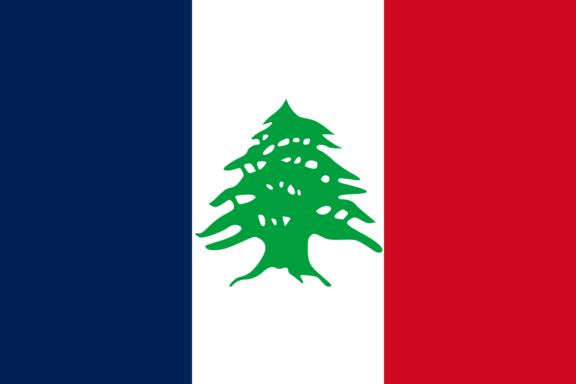
The adoption of the current flag coincided with Lebanon’s drive for independence, and its elements were chosen to foster a sense of national unity. The design sought to distance itself from colonial symbolism and align more closely with Lebanon’s unique history, culture, and geography.
There have been no significant changes to the flag’s design or color scheme since its adoption in 1943. The stability of the design over the years is a testament to the enduring resonance of its symbolism with the Lebanese people.
It encapsulates Lebanon’s complex past, culture, and aspirations for the future, remaining a constant in a nation marked by change and challenges.
Overall Symbolic Meaning of the Flag
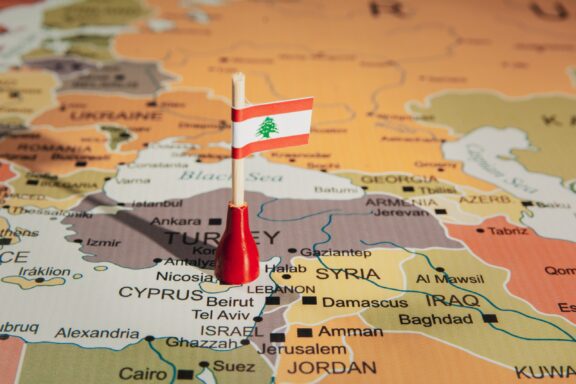
The overall design of Lebanon’s flag serves as a unified emblem that encapsulates the nation‘s intricate blend of history, diversity, and forward-looking aspirations. It combines disparate elements in a harmonious layout, acting as a visual tapestry that narrates Lebanon’s complex story.
This flag resonates with the Lebanese people, serving as a collective representation of their shared experiences, values, and hopes for the future. It functions not just as a national symbol but also as a declaration of Lebanon’s unique identity in the international arena.
Similar Flags to the Flag of Lebanon
When considering Lebanon’s flag, it’s quite unique in its design and symbolism, making direct comparisons a bit challenging. However, there are some flags with elements that may evoke a sense of similarity.
Austria
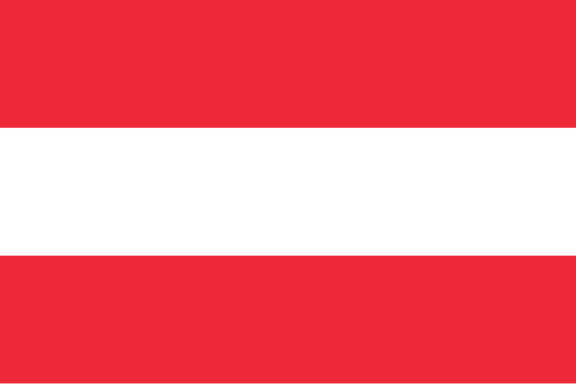
Austria’s flag consists of horizontal stripes of red and white, a color scheme also present in the flag of Lebanon. Although the meanings of the colors differ between the two countries, the red and white combination is a common point of visual similarity.
Austria’s flag, one of the oldest national flags in the world, predominantly focuses on historical and traditional significance, while Lebanon’s incorporates more modern symbolism.
Latvia
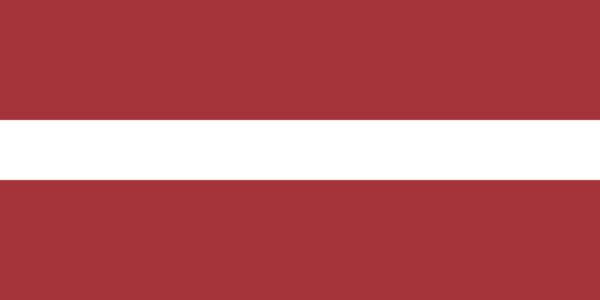
Latvia’s flag also features horizontal stripes, but in this case, it’s carmine red and white. The proportions and shades differ from Lebanon’s flag, yet the arrangement of the colors strikes a similar note.
Like Lebanon, Latvia’s flag colors hold a rich cultural and historical significance specific to the country, making each flag unique despite the visual resemblance.
Peru
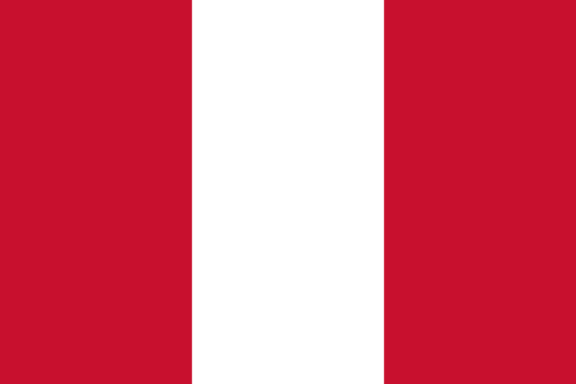
At first glance, Peru’s flag may not appear strikingly similar to Lebanon’s, but it does share the feature of a central emblem. Peru’s flag consists of vertical stripes of red and white, with a coat of arms at the center when used for state purposes.
While Lebanon’s cedar tree and Peru’s coat of arms serve different symbolic functions, the use of a central emblem surrounded by more straightforward design elements is a commonality between the two.
Conclusion
Lebanon’s flag, rich in meaning and symbolism, holds a unique position among the world’s flags. Its distinctive design elements and colors capture the essence of the nation and resonate with its citizens. It serves both as a reflection of Lebanon’s layered identity and as an emblem of its aspirations for the future.
Image Sources and Copyright Information
- Lebanese Flag Overlooking Byblos Coastline: © Leonid Andronov/Shutterstock
- Lebanon Flag Pin on Map: © GR.Stocks/Shutterstock